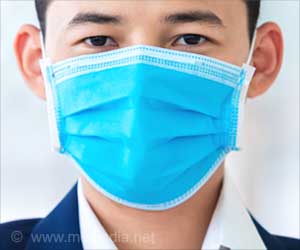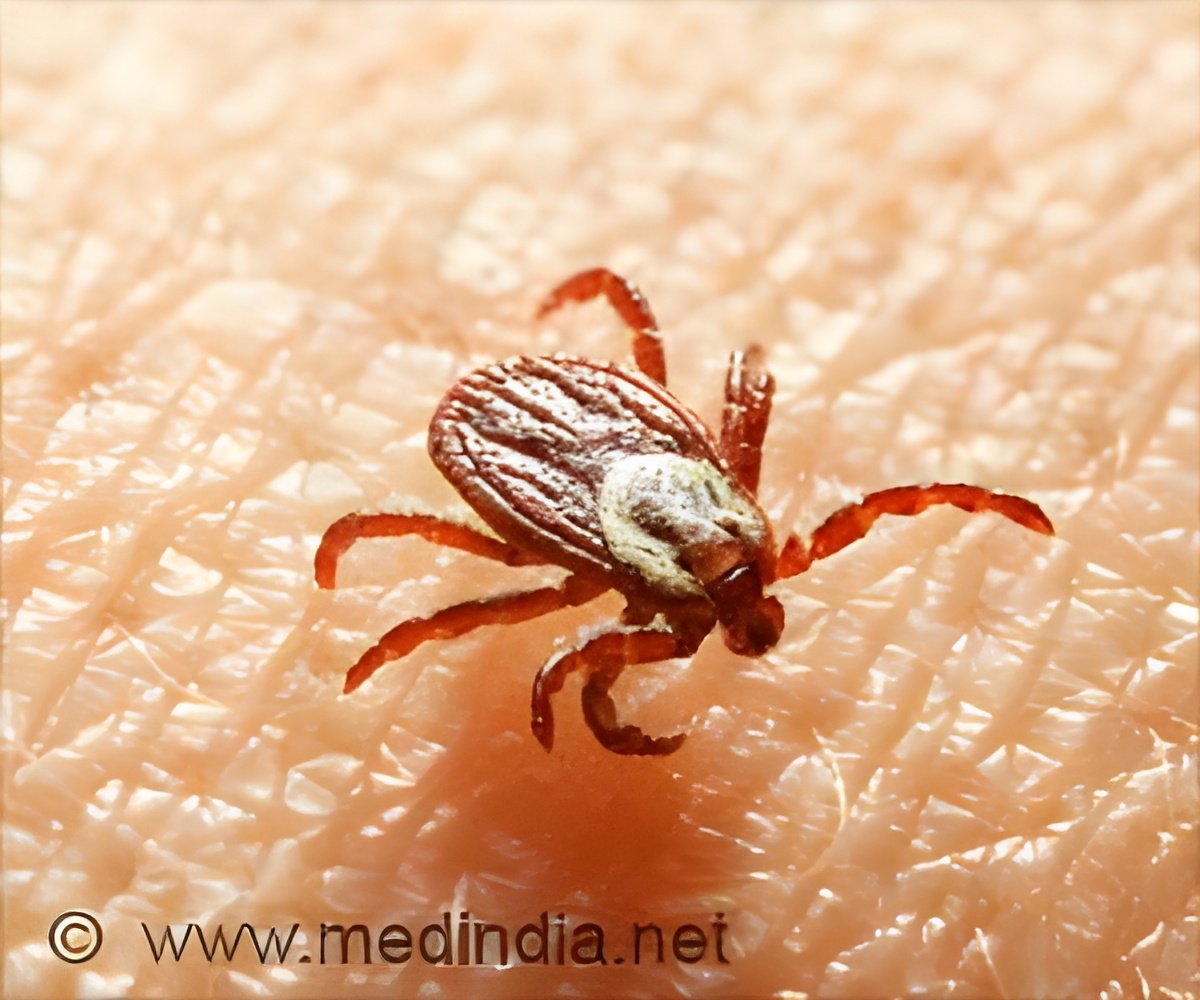as per a study at the Boston University School of Medicine and School of Public Health (BUSPH), published in the journal
‘Asymptomatic nature of the COVID-19 infection is more likely to occur when the individual acquires infection from someone who was asymptomatic (the first infected person in an outbreak). Also, the rate of transmission is more than 2 days before and 3 days after the symptoms develop.’
“In previous studies, viral load has been used as an indirect measure of transmission. We wanted to see if results from these past studies, which show that that COVID cases are most transmissible a few days before and after symptom onset, could be confirmed by looking at secondary cases among close contacts,” says Dr. Leonardo Martinez, assistant professor of epidemiology at BUSPH, and who co-led the study with Dr. Yang Ge, research assistant in the Department of Epidemiology & Biostatistics at the University of Georgia College of Public Health.
Time and Extent of COVID-19 Infection
The study team conducted contact tracing and explored the transmission rate of COVID-19 among ~9,000 close contacts of primary cases in the Zhejiang province of China from January 2020 to August 2020.
The infected individuals were monitored for at least 90 days after their initial positive COVID test results to distinguish between asymptomatic and pre-symptomatic cases.
It was found that 89% developed mild or moderate symptoms and only 11% were asymptomatic.
Moreover people (household members) who were exposed to primary cases multiple times or for longer durations of time, had higher infection rates than other close contacts (e.g., co-workers, people in hospital settings, and riders in shared vehicles).
“Our results suggest that the timing of exposure relative to primary-case symptoms is important for transmission, and this understanding provides further evidence that rapid testing and quarantine after someone is feeling sick is a critical step to control the epidemic,” says Dr. Martinez.
Source: Medindia



